|
On our 6thday in Israel we would begin the first of 3 intensive days of exploring one of the oldest and most storied cities in the world - Jerusalem. This was in stark contrast to the previous several days where we spent much of our time covering several areas across the less populated north and eastern regions of the country. Our Jerusalem city tour started with a 20-minute bus ride from our hotel, winding our way to the top of the Mount of Olives where we were rewarded with a spectacular panoramic view of the ancient city of Jerusalem to the west. The view from the top of the Mount of Olives, overlooking the Kidron Valley is highlighted by the brilliantly golden Dome of the Rock perched atop the Temple Mount. We spent quite some time at the viewpoint near the top of the Mount of Olives enjoying the incredible vistas of the old city, the seemingly endless ancient Jewish cemetery that lies on the western slopes of the Mount of Olives and the Kidron Valley that lies between the Mount of Olives and the Temple Mount. After taking countless photos and video from this vantage point we gathered together and followed the long winding path known as the Palm Sunday walk which leads from the top of the Mount of Olives past Dominus Flevit, a Fransciscan Church, then on to the Garden of Gethsemane, where, according to the New Testament, Jesus would frequently meet with his disciples and where he would eventually be betrayed by Judas. We walked around enjoying the peace and tranquility of Gethsemane until we were summoned by our tour guide to head back to the bus. Since we would be exploring more of the Kidron Valley and the ancient city of Jerusalem over the next two days, we would spend the rest of this day at 2 of Israel’s most renowned museums. The first we visited was the Israel Museum, one of the world’s leading art and archeological museums. This modern museum highlights the Shrine of the Book, which houses the Dead Sea Scrolls, the oldest biblical manuscripts in the world, as well as rare early medieval biblical manuscripts. Adjacent to the Shrine is the Model of Jerusalem in the Second Temple Period, which reconstructs the topography and architectural character of the city as it was prior to its destruction by the Romans in 66 CE, and provides historical context to the Shrine’s presentation of the Dead Sea Scrolls. Following our visit to the Israel Museum we stopped for a quick lunch before proceeding to our next stop - the Holocaust Remembrance Centre, Yad Vashem. The Center has a large collection of original Holocaust-era documentation provided in English including letters and diaries written by Jews during the Holocaust, numerous photographs and original documents. The Holocaust Resource Center serves as a repository for the collection of the testimonies of Holocaust survivors that have been collected at Yad Vashem over the years, as well as excerpts from memoirs written by survivors after the war. We spent nearly two hours wandering through the museum trying to comprehend the unimaginable horrors that were represented in the artifacts of the museum and that took place just a few decades ago. The visit to Yad Vashem was a sobering experience, one that should not be missed on a trip to Jerusalem as it marks an historic and significant milestone in the history of humanity. As it was late afternoon when we finished our museum tour, we bussed back to the hotel in downtown Jerusalem. Kim and I changed from our walking clothes and into casual evening wear. We had decided to visit the famous Mahane Yehuda Market, often referred to as "The Shuk” since we could get to it via the tram that was only a couple of hundred metres from our hotel. The Shuk is a massive open-air and partially covered market that houses over 250 vendors. It is vibrant, colourful and lively - all the things a market should be. Fresh fruits and vegetables; baked goods; fish, meat and cheeses; nuts, seeds, and spices; wines and liquors; clothing and shoes; and housewares, textiles, and Judaica are available throughout the market. Vendors are calling out, vying for your attention as you walk by their booths. We stopped by a dried fruit stand and bought some exotic dried fruits which we were told made a wonderful and healing tea. We had made a reservation at Machneyuda, a Middle Eastern restaurant just a few blocks from the market and we eventually ended up at the restaurant just a few minutes before our reservation. We were led to our table near the back of the narrow restaurant by a friendly hostess. As we waited for our server to arrive at our table, the kitchen staff emerged playing musical instruments and singing and dancing around the tables. This set the mood for the rest of the evening and we enjoyed a fabulous meal including lamb, pasta, kurdish pastry and Bavarian toffee cream. We emerged from the restaurant feeling full, yet elated but we had one more stop to make before going back to our hotel. Prior to our trip to Israel, we had read about a unique and intriguing bar in the 1920’s speakeasy style called Gatsbys. We had looked up the address before coming to dinner and since it was within walking distance of the restaurant we decided to try and find it. This proved much more difficult than we had first thought. We walked for about 30 minutes to the area where the bar was located. When we were in the vicinity, we asked several passersby who were local residents if they could direct us to it. No one we asked had heard of it. At the address where the bar was supposed to be was an office building with a restaurant/cafe attached to it. We asked the manager of the restaurant if he could tell us where Gatsby’s was, but he had not heard of it either. One of the staff suggested that we walk down the corridor between restaurant and the office building as they had seen people going there earlier. We walked down the corridor which ended at a solid wooden door with a large “G” in the centre of the door. We opened the door and walked into a small vestibule that was lined with bookshelves. A woman sat behind a wooden desk at one side of the vestibule. We told her we were looking for Gatsby’s and she said “You found it!” and proceeded to roll back one of the bookshelves and then led us into a wonderful, lively little bar at the back. We ordered some pretty fancy drinks and enjoyed the atmosphere. What a way to end a great day! Continue to Day 7 - click here Are you considering a trip to Israel? Reach out for expert advice and assistance with your holiday planning.
0 Comments
After overnighting in the Oasis Hotel in Jericho, the oldest city in the world, we awoke to another spectacularly sunny day in the Judean Desert. Just after 9:00am, we boarded our now very familiar tour bus and drove the short 8 kilometres eastward to our first stop of the day - Qasr el Yahud, the official name of a baptismal site on the West Bank of the Jordan River. The drive from the main highway to the site is a couple of kilometres and passes several military lookouts. Sand dunes stretch for miles on either side of the road. Protective security fences line the road from the highway all the way to the baptismal site. Yellow signs are posted every few hundred yards along the fences warning visitors that the lands on the other side of the fences may still contain buried anti-tank mines left over from the war of 1967. De-mining is an ongoing exercise in this area with 900 of the approximately 6500 mines having been detonated to allow safe passage to the site which sees approximately 400,000 visitors per year. Qasr el Yahud is actually the western part of the baptismal site of Jesus and is accessible from the west bank of the Jordan River which is administered by the Isreali Ministry of Tourism. The east bank of the Jordan, a stone’s throw away, is the official site designated as the Baptism Site “Bethany Beyond the Jordan”. This site was designated an UNESCO World Heritage Site in 2015. We spent just over an hour walking along the boardwalk that extends for several hundred yards along the banks of the Jordan River. The water level has dropped significantly over the years and as a result has a murky, brownish hew. The banks on either side of Jordan at this spot are covered in lush vegetation - grasses, brush and trees. Dozens of visitors were lined up along the boardwalk, many coming to be baptized with the waters drawn from the location where John the Baptist performed his work. We were fortunate enough to be able to witness one of our group member's being baptized which was a lovely ceremony. We left Qasr el Yahud and headed south toward the Dead Sea, approximately 15 kilometres away, on our way to Qumran - the place where the Dead Sea Scrolls were discovered. On our way, we made a brief mid-morning stop at a small, touristy rest area that had a few shops and restrooms. At one end of the parking there were a half dozen camels kneeling on the pavement, casually chewing their cud. As our bus unloaded, a group of Palestinians, dressed in traditional garb, approached us and offered rides on the waiting camels. Most of our group obliged and the $5 USD for a quick ride around the parking lot. After leaving the rest stop, we continued on route to Qumran which took about another 15 minutes. We arrived at the entrance to the archeological site - a plateau set in cliffs of the desert mountains just east of the Dead Sea. We disembarked from the bus and entered the park, walking along raised boardwalks that overlooked the excavated ruins. From 1947 to 1956 more than 900 parchment and papyrus scrolls were discovered in the caves of Qumran. The site is the remnant of an ancient Jewish community that many scholars believe belonged to a Hebrew sect. From the boardwalk we were able to view the several caves that had kept the Dead Sea Scrolls hidden for nearly 2000 years. We continued walking along the boardwalk and viewed remains of cisterns, Jewish baths and the clay vessels that had housed the scrolls. At the highest point along the boardwalk, we were rewarded with magnificent views of the Jordan Valley below and the Dead Sea in the distance. As the morning turned to afternoon, we finished our tour of the Qumran area and re-boarded our bus for the short ride to the Dead Sea. Our bus descended from the desert mountains into the Jordan Valley and followed the road down to the Dead Sea which is purported to be the lowest spot in the world - 400 metres below sea level. Between the parking lot at the entrance, and the sea we passed through a small outdoor mall/market. There were several stands selling sundry tourist items like sunglasses, sunscreen, towels and beachwear. Others offered healing facial masks and oils extracted from the Dead Sea mud. We found an outdoor bistro where a few of us had a pizza lunch before heading down to the water’s edge. After finishing up our lunch, we used the changerooms near the bistro to change into our swimwear and walked down the pathway to the beach which was about 250 meters away. Several dozen people were romping in the shallow waters near the shore, many covered from head to toe in the thick, black Dead Sea mud. Apparently, the mud has beneficial healing properties and is especially good for the skin. Not wanting to miss out, Kim and I slathered the thick goop onto each other and entered the warm, salty waters of the Dead Sea. The first thing that struck me as I waded into the water was that I absolutely could not sink. This phenomenon is because the Dead Sea is hypersaline, consisting of 33.7% salt making it one of the saltiest bodies of water in the world. Once I got past waist deep it became difficult to walk because my body was being lifted to the surface of the water. It was an eerie feeling that took a bit to get used to. After floating in the water for 20 minutes or so, I waded back to shore and washed off the rest of the black mud that had dried to my body. To my surprise, every inch of my skin that had been covered in the mud felt silky smooth to the touch. I was quite impressed. We spent a bit of time lounging in the sunshine on the beach before returning to the changerooms to get ready for our bus ride to Jerusalem. We drove through the Judean desert and marveled at the miles and miles of date palm tree plantations along the road to Jerusalem. Before heading to the hotel, we stopped at a tourist shop in Bethlehem, the Good Shepherd, where we purchased some carvings made by hand from Olive wood. We arrived at our hotel in middle of the bustling city of Jerusalem just after 6:00pm. After checking in, we enjoyed a Chinese buffet dinner with the rest of our group and then retired to our room for the evening. We had spent the last few days traveling to the more rural and serene areas of Israel - the Sea of Galilee, the Jordan River and the Dead Sea. The next few days would be spent in and around Jerusalem, one of the oldest cities in the world and home to 3 of the world’s major religions.
Are you considering a trip to Israel? Reach out for expert advice and assistance with your holiday planning. Continue to Day 6 - click here |
Sharing Our Travel DreamsSharing our personal experiences onboard and on the road, along with tips and insight for creating memorable vacations. Archives
March 2021
Categories
All
|



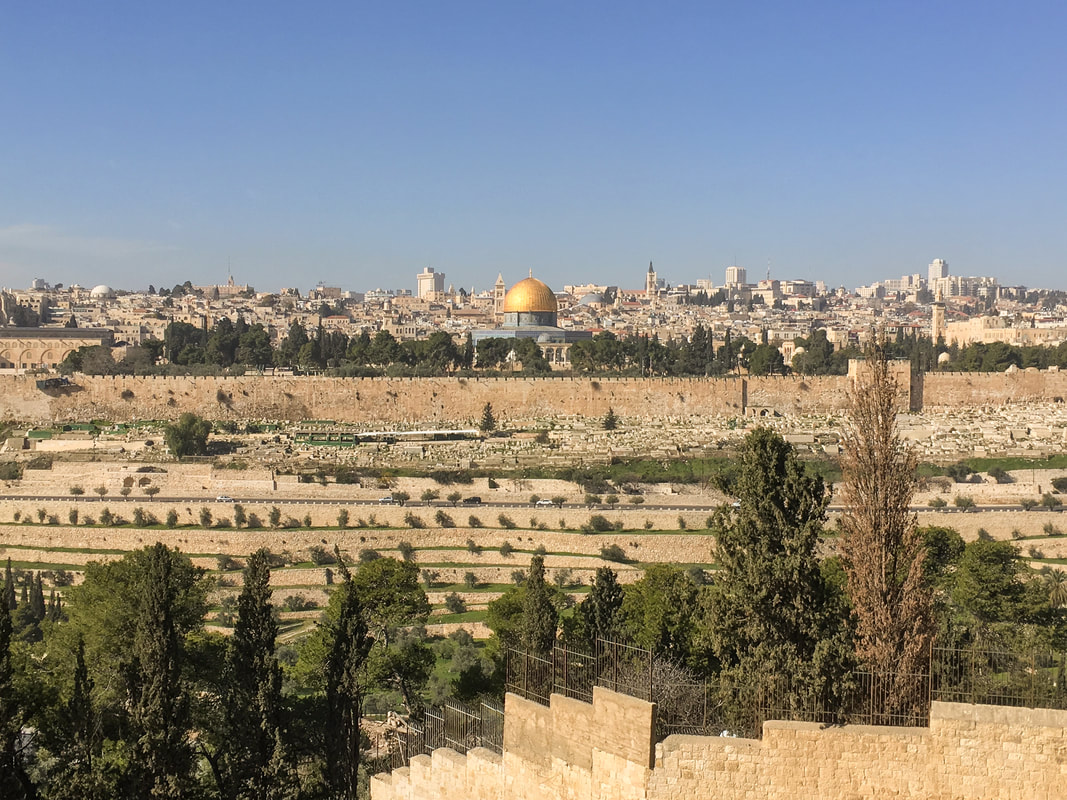







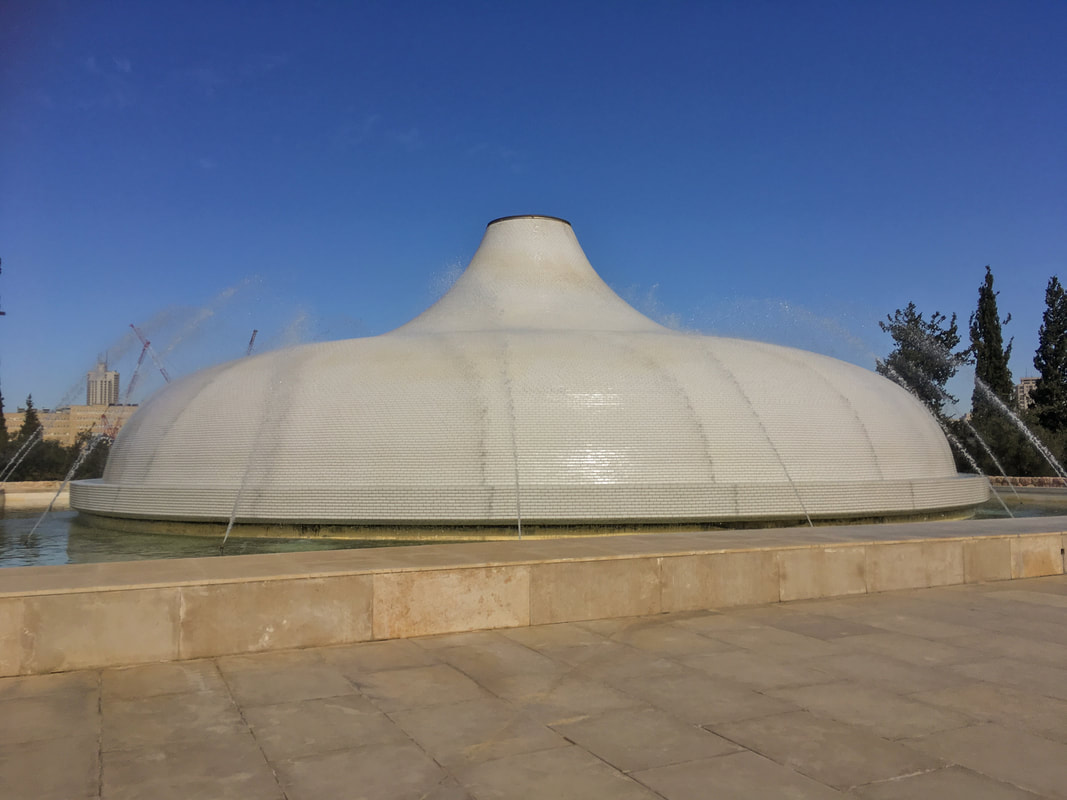








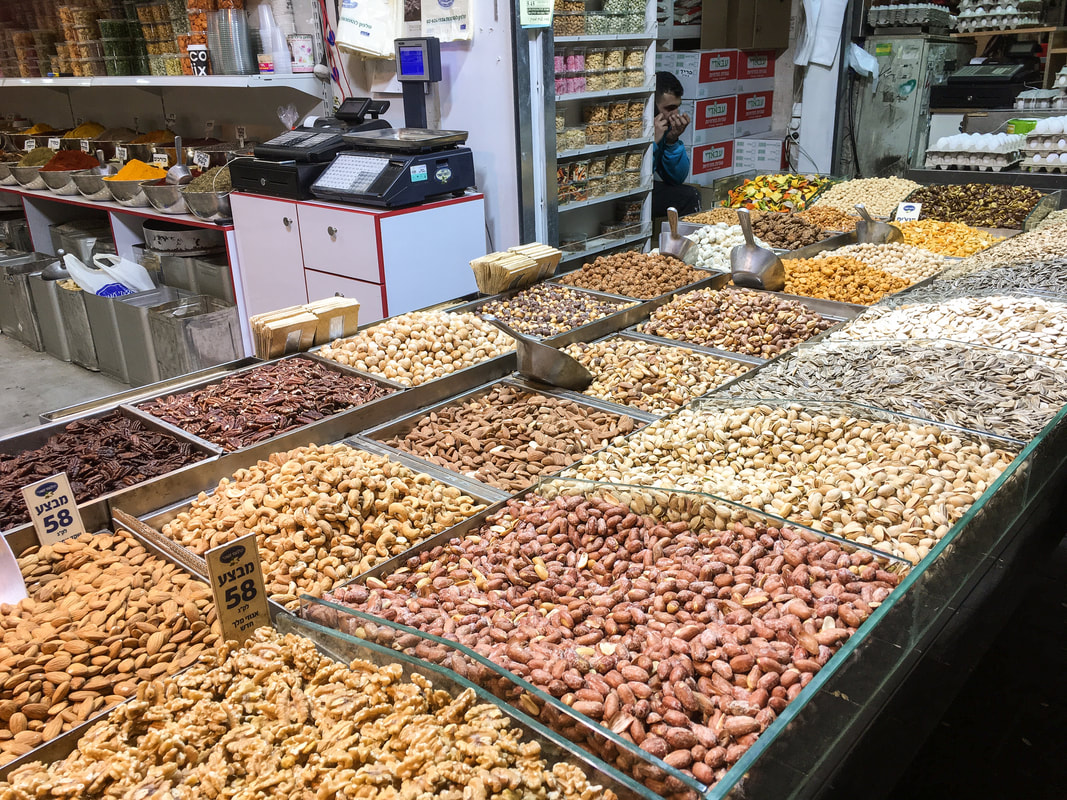







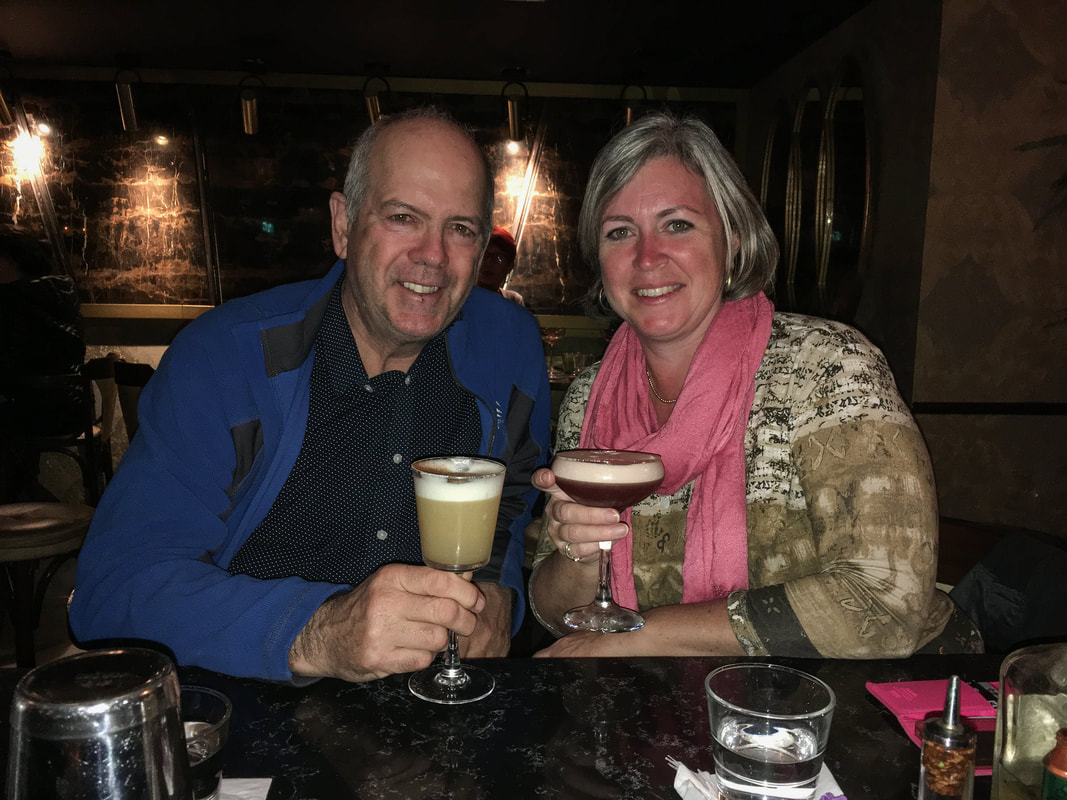


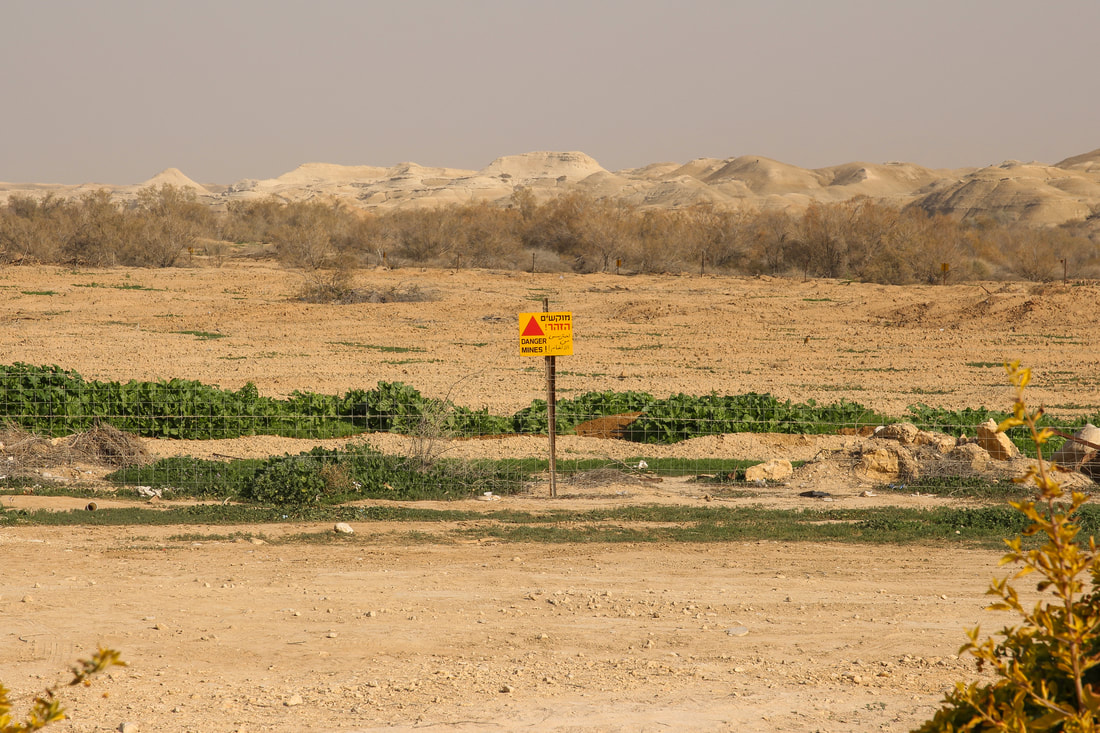


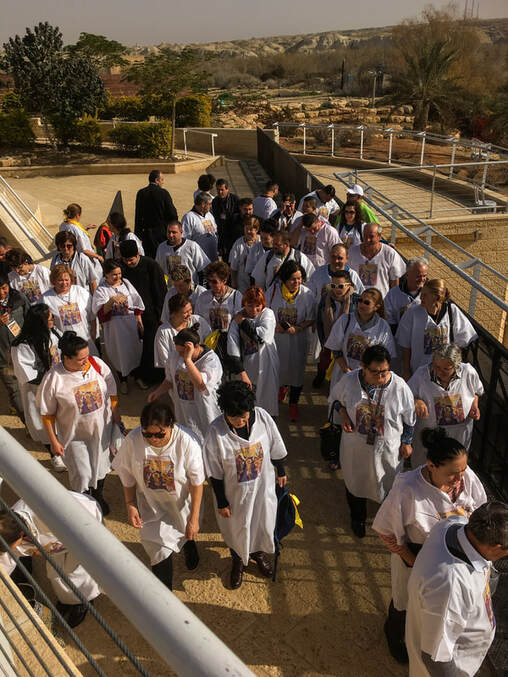

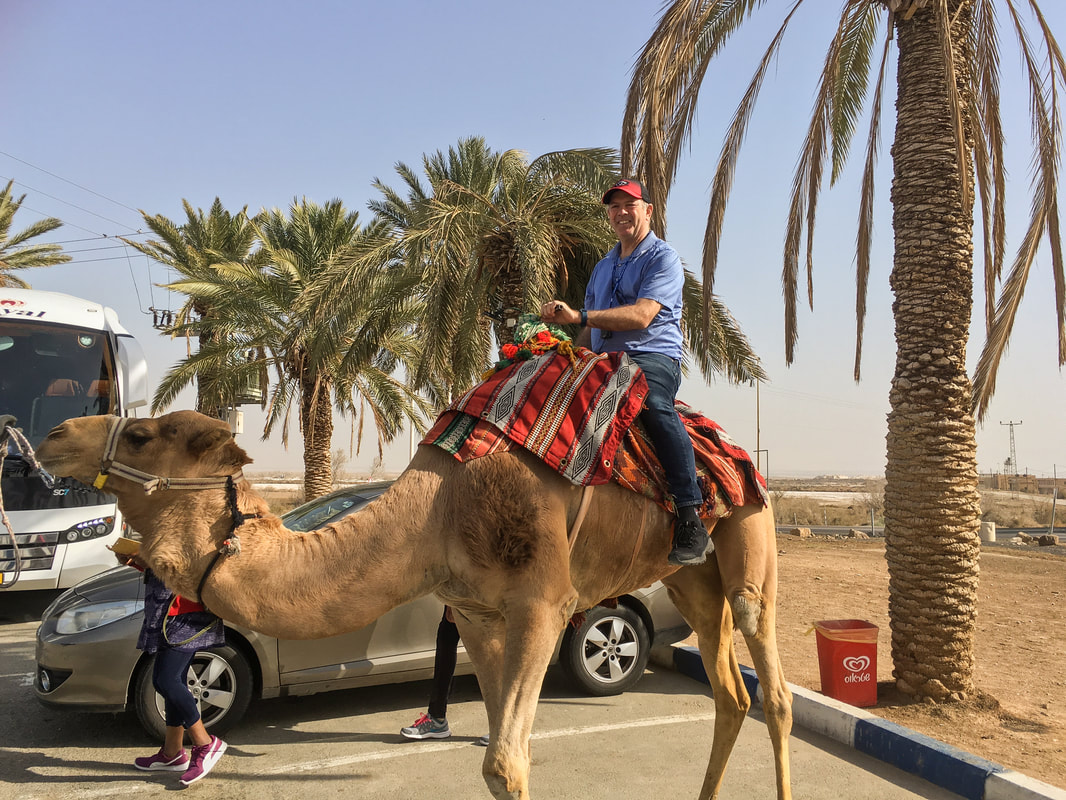












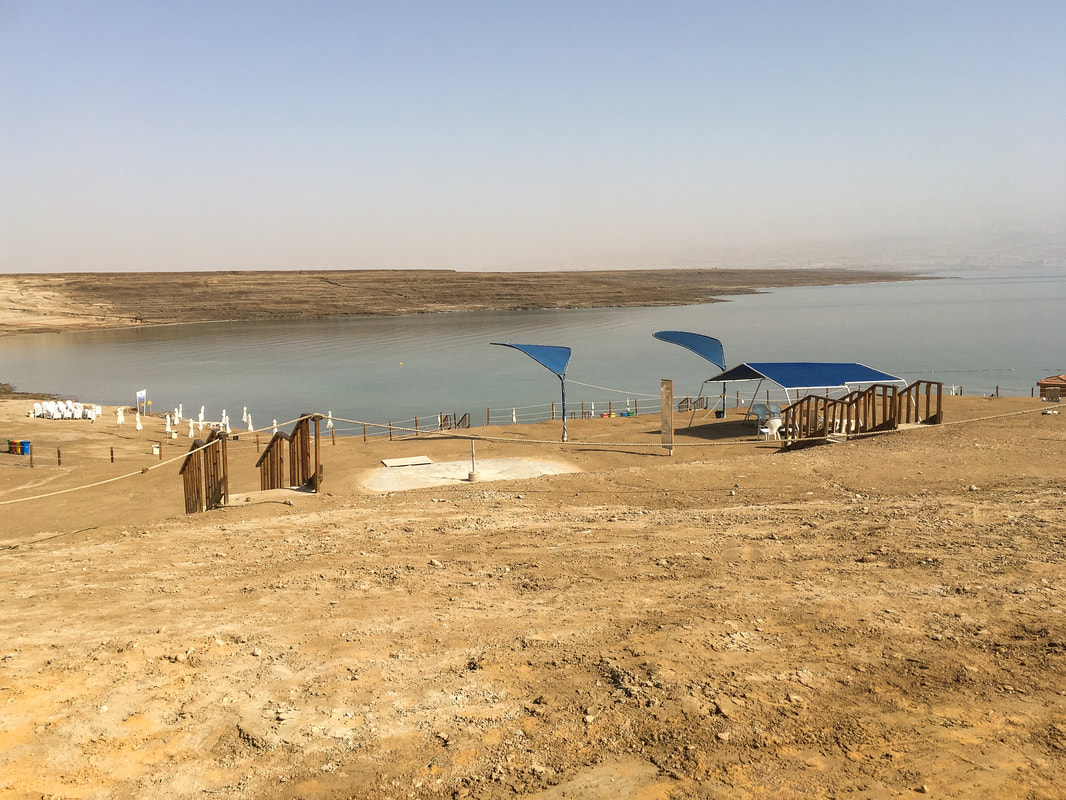


 RSS Feed
RSS Feed